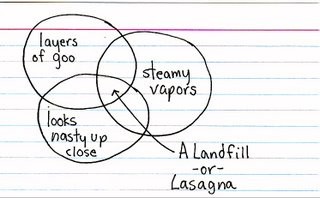I do like lists. For the prevaricator, the making of them is a satisfying way of delaying the work itself. For the anorak (and we all secretly have an anorak within, don't we?) lists are all about neatness and order and collecting. Like butterflies pinned down under glass, lists fix the worryingly mutable world.
The UNESCO list of world heritage sites satisfies several of these instincts. Is the list complete? What are the selection criteria? Which have I been to? Where to next? In England, Bath; Blenheim; Stonehenge; Westminster; Durham and Canterbury all make their expected appearances. But not Oxford or the landscape gardens at Stowe or Lincoln or Wells Cathedrals or Windsor Castle? And what about the Lake District?
The most recent UK addition is the newly cleaned-up satanic mills of Cornwall and West Devon. Other 'post-industrial' tourist sites are Saltaire (worth a visit but is it a world heritage site to match the tower of London?) and Derwent Valley Mills where Richard Arwright worked and there are '680,000 bobbins on display'. That is a lot of bobbins. And should I mention Liverpool?

 In Sweden there are several longwave masts just waiting to be admired. And Bauhaus architecture in Tel Aviv, too. It's evident that some countries are better than others at agenda pushing.
In Sweden there are several longwave masts just waiting to be admired. And Bauhaus architecture in Tel Aviv, too. It's evident that some countries are better than others at agenda pushing.
Reasons for smugness, and for poetry: Bruges, the Plantin-Moretus, Split, Dubrovnik, Trogir, Chartres, Mont St Michel, Amiens, Versailles, Pont du Gard, [the whole of?] Bordeaux, Paris, Cologne, the Vatican, Prague, Budapest, Vienna, Florence, Pompeii, San Gimignano, Vicenza, Sienna, the Amalfi, Naples, Verona, Tivoli, St Petersburg, Alhambra, Guadi, Ibiza, Drottningholm, Göreme, Istanbul, Troy, Pamukkale [no Ephesus?], And the Stautue of Liberty and the The Red Fort, Fatephur Sikri and the Taj Mahal. And some others I missed.
 But I was reassured to find plenty more for my own heritage site 'to do' list. Khajuraho, Aachen, the Acropolis, Mount Athos, Ravenna, Rietveld Schröder House, Butrint in Albania (been wondering about it for ages), Sintra, Valetta. Mérida, Salamanca, Route of Santiago de Compostela and a reassuring heap of places in former Soviet Republics including Riga, Český Krumlov and Tallin. And with less footprint, Hadrian's Wall and the Giant's Causeway.
But I was reassured to find plenty more for my own heritage site 'to do' list. Khajuraho, Aachen, the Acropolis, Mount Athos, Ravenna, Rietveld Schröder House, Butrint in Albania (been wondering about it for ages), Sintra, Valetta. Mérida, Salamanca, Route of Santiago de Compostela and a reassuring heap of places in former Soviet Republics including Riga, Český Krumlov and Tallin. And with less footprint, Hadrian's Wall and the Giant's Causeway.
That's enough lists.

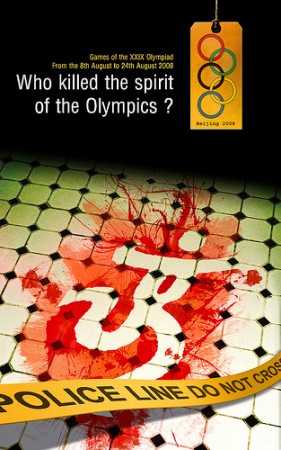

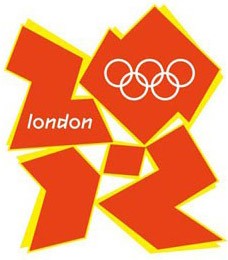


 ...there's an awful lot going on. Somebody should make a book about all the things to be found under London's 25 miles of railway arches. The arches are a natural home for wine vaults and fringe theatres. Dodgy car mechanics also thrive in the dark spaces beneath curving Victorian brick, but you can get much more than your car serviced under the arches in Vauxhall, where dubious saunas cosy up to brightly lit cafés and DIY specialists.
...there's an awful lot going on. Somebody should make a book about all the things to be found under London's 25 miles of railway arches. The arches are a natural home for wine vaults and fringe theatres. Dodgy car mechanics also thrive in the dark spaces beneath curving Victorian brick, but you can get much more than your car serviced under the arches in Vauxhall, where dubious saunas cosy up to brightly lit cafés and DIY specialists. 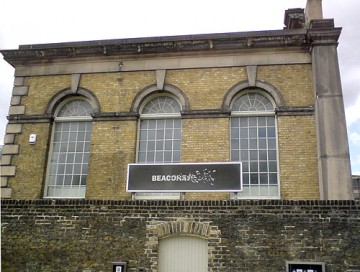 An art gallery called the
An art gallery called the 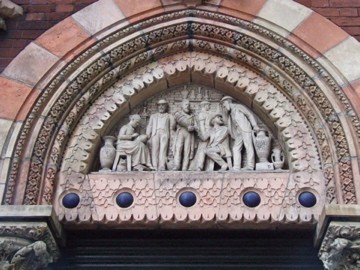
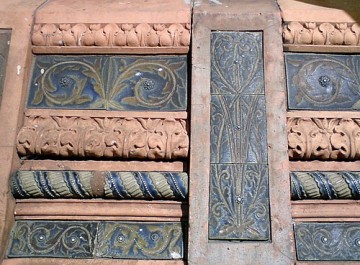
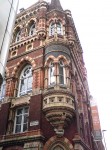
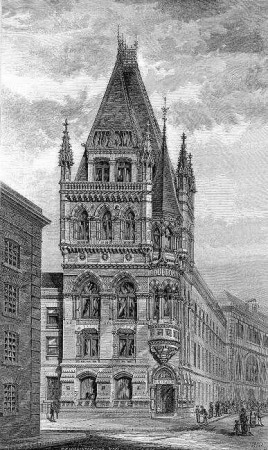
 An ancient family story describes a domestic science lesson (that's what they were called then). A teacher told an unenthusiastic child to 'put some elbow grease into it!' Some time later she was found searching high and low in a cupboard in a desperate attempt to find the stuff.
An ancient family story describes a domestic science lesson (that's what they were called then). A teacher told an unenthusiastic child to 'put some elbow grease into it!' Some time later she was found searching high and low in a cupboard in a desperate attempt to find the stuff.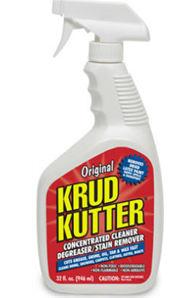 And then there's cleaning products... Have you noticed how they almost always promise 'no need to rub'? That'd be too much effort. Gullible media-softened saps that we are, we put our blind faith in the miracle product. Once we let the genie out of the bottle, it will solve all our problems for us. Then with a warm glow and a clear conscience we swoosh the stuff down the drain, with no thought for the environmental consequences.
And then there's cleaning products... Have you noticed how they almost always promise 'no need to rub'? That'd be too much effort. Gullible media-softened saps that we are, we put our blind faith in the miracle product. Once we let the genie out of the bottle, it will solve all our problems for us. Then with a warm glow and a clear conscience we swoosh the stuff down the drain, with no thought for the environmental consequences.
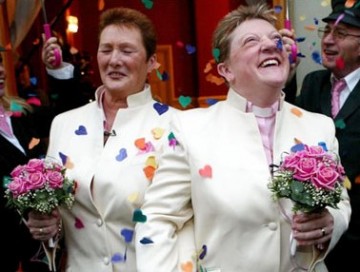
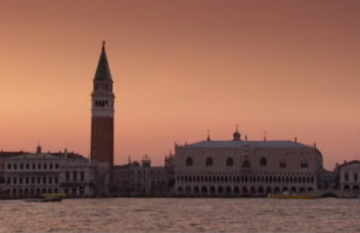
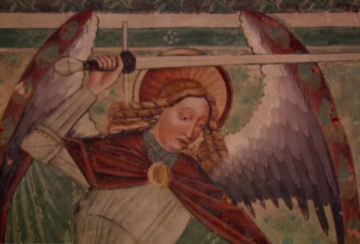
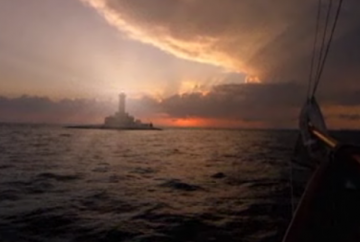

 This roe deer fawn sprinted into the garden with its mother and a sibling this morning. The fields round here are now 'set-aside' and they provide good cover for roe deer, but this was the first time we'd seen one in the garden. The mother left her offspring behind when she jumped clear over the garden wall, leaving them terribly upset.
This roe deer fawn sprinted into the garden with its mother and a sibling this morning. The fields round here are now 'set-aside' and they provide good cover for roe deer, but this was the first time we'd seen one in the garden. The mother left her offspring behind when she jumped clear over the garden wall, leaving them terribly upset.
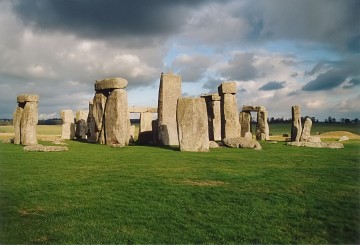






 A special kind of Witney blanket was sold to the hugely powerful Hudson's Bay Company in Canada which traded them with native Americans for beaver furs. These
A special kind of Witney blanket was sold to the hugely powerful Hudson's Bay Company in Canada which traded them with native Americans for beaver furs. These 